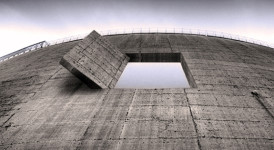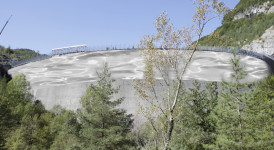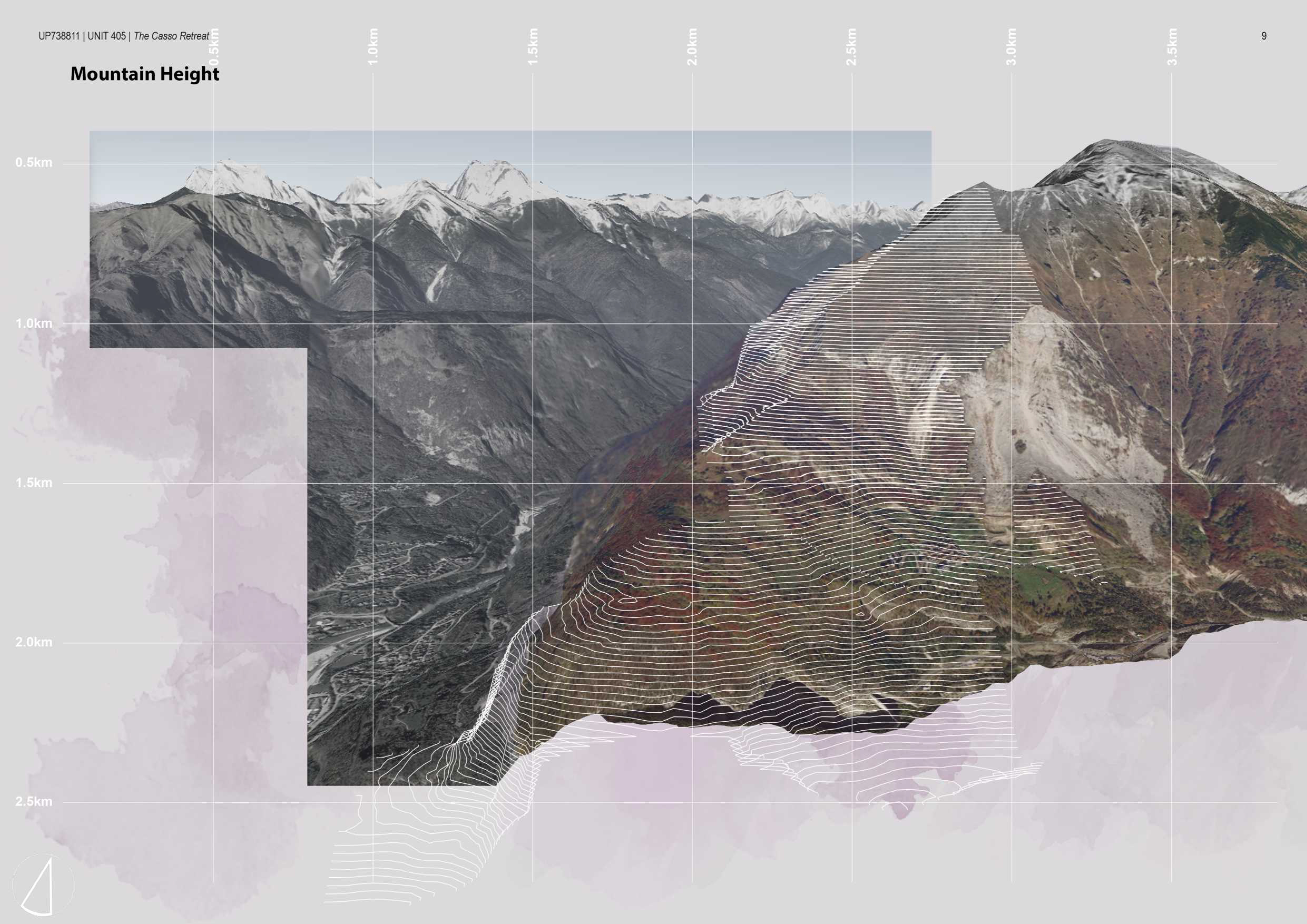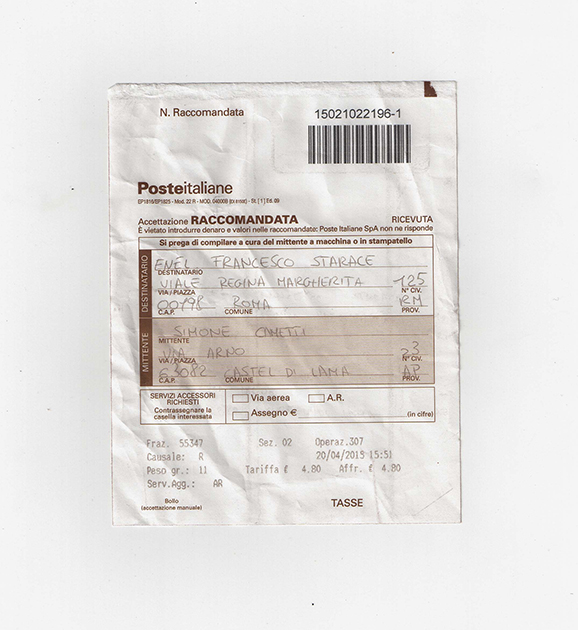
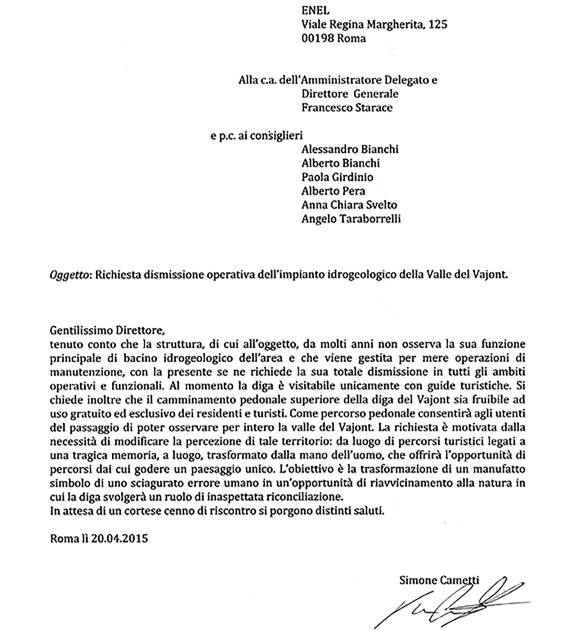
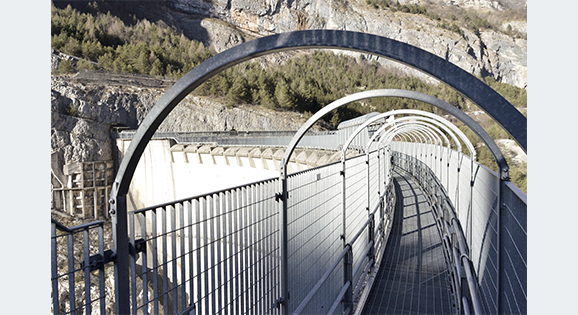
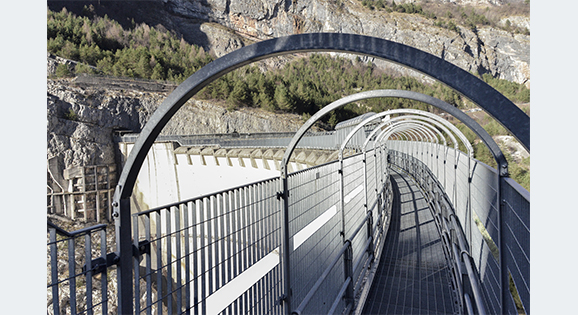
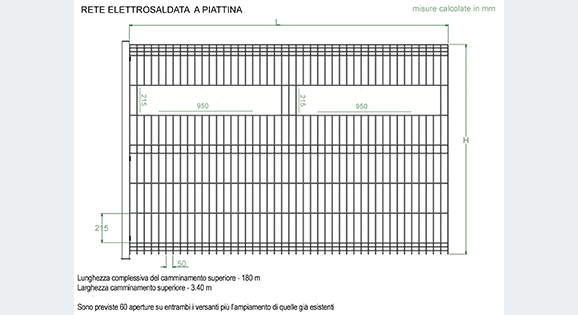
Is it possible to change the perception of a place, and, even respecting its recent memory, bring it back to its original tradition? The dam of the Vajont is the bearer of a tragedy that has enclosed even semantically the perception of the territory. Vajont is no longer considered a wonderful place, with its natural landscapes, but in the collective imagination has ended up being the definition of a tragedy.
The Valley of the Vajont is a millennial territory that deserves to be recognized for its beauty, and for its ability to have preserved beautifully a naturalistic environment. The memory of many, too many human losses will not be erased. The lack will remain forever. The Vajont Valley can, even for the memory of those who in those valleys has lived, return to its beauty and its landscapes. Go back to being a place where to go, half of paths and travel, where you can see the millennia that have formed, layer upon layer.
The dam itself, changing its function, would become the element of reunion of the territory. The upper walkway wouldn’t be only a place of sightseeing but a true passage where we could have a unique vision that rejoins the whole valley.
The objective is the transformation of a manufactured product symbol of a wretched human error in an opportunity of reconciliation, in which the dam will play a role of unexpected reconciliation.
The artistic intervention on the dam is, mainly planned as a design project , this choice is justified because I think that art at times more than add and tamper with the context, can through a game of subtraction, return direction and meaning to things.
I will make only the minimum interventions to widen the grid and to improve the view of the panorama.
–
è possibile cambiare la percezione di un luogo e, pur rispettandone la memoria recente, restituirlo alla sua tradizione originaria? La diga del Vajont è portatrice di una tragedia che ha finito per inglobare anche semanticamente la percezione del territorio. “Vajont” non è più stato un luogo meraviglioso, con i suoi paesaggi naturali, ma nell’immaginario collettivo ha finito per essere la definizione di una tragedia.
La Valle del Vajont è un territorio millenario che merita di essere percepito per le sue bellezze, per la sua capacità di aver preservato un contesto naturalistico eccellente. La memoria delle tante, troppe perdite umane non si cancella. La mancanza resterà, per sempre. La Valle del Vajont può, anche per la memoria di chi in quelle valli ha vissuto, restituire la sua bellezza, i suoi paesaggi. Tornare ad essere un luogo dove andare, meta di percorsi e viaggi, dove si possono vedere i millenni che l’hanno formata, strato su strato.
La diga stessa, cambiando la sua funzione, diviene l’elemento di ricongiunzione del territorio. Il camminamento superiore non sarà più soltanto luogo di visite turistiche ma un vero e proprio passaggio dove poter avere una visione unica che ricongiunge tutta la Valle.
L’obiettivo è la trasformazione di un manufatto simbolo di uno sciagurato errore umano in un’opportunità di riavvicinamento, in cui la diga svolgerà un ruolo di inaspettata riconciliazione.
L’intervento artistico sulla diga è quasi solo progettuale, questa scelta è motivata perché credo che l’arte avvolte più che aggiungere e manomettere il contesto, possa attraverso un gioco di sottrazione, restituire senso e significato alle cose.
Farò solo dei minimi interventi per allargare la griglia e migliorare la veduta del panorama.

 roma
roma
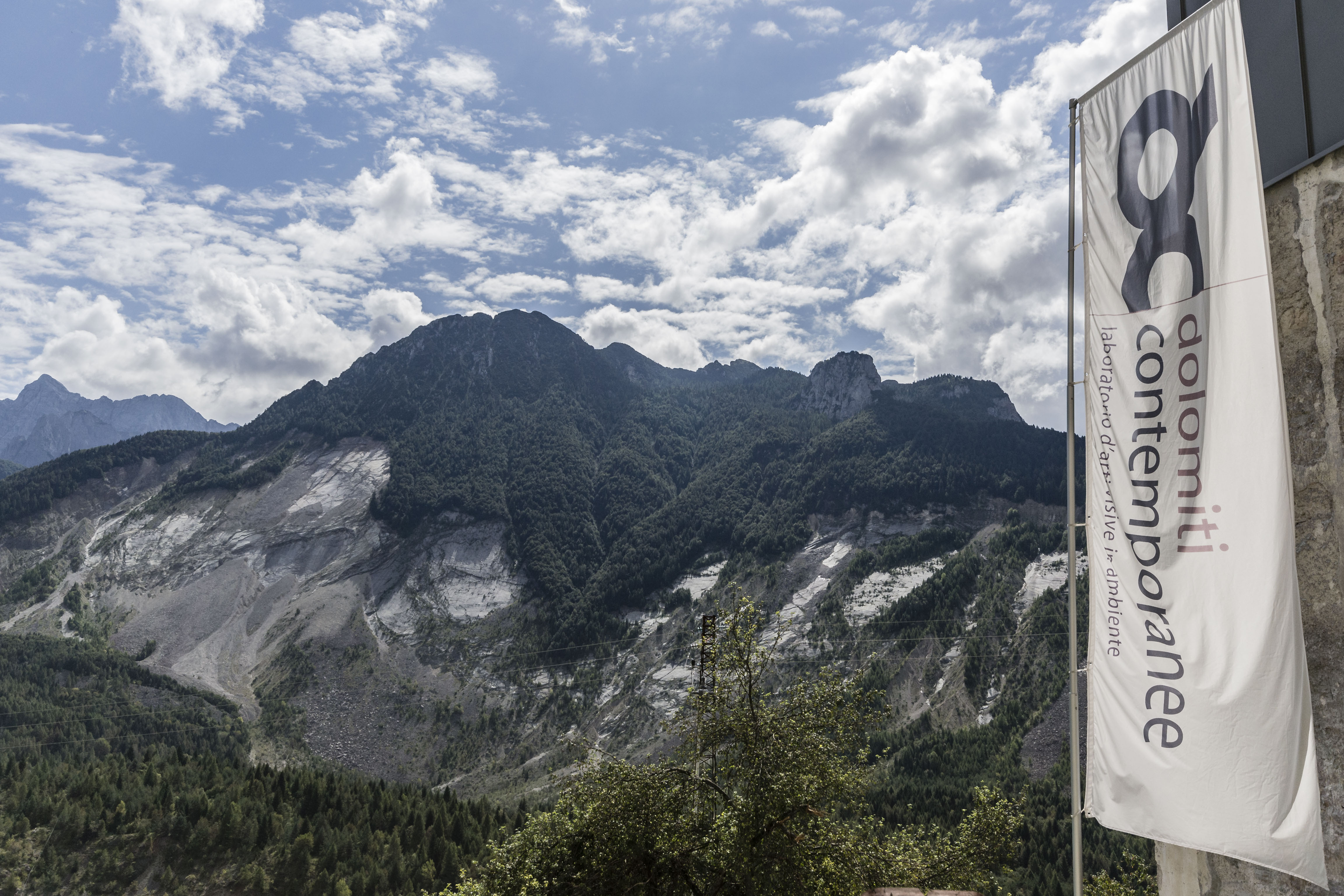
Tuesday, June 15th 2021, 2 – 4 PM, webinar panel:
two calls for vajont: fase _restart.
Vajont: [...]






